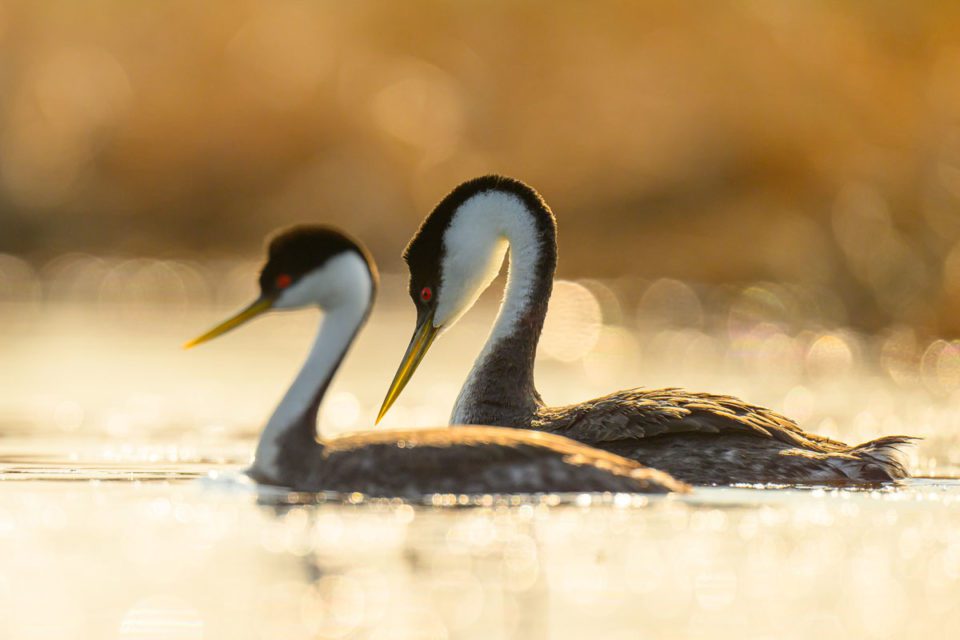Some places overwhelm the senses. Birders tend to call it the dawn chorus. But the sounds that fill the space around me is something altogether different. It’s unlike anything I have ever experienced in my lifetime of being outdoors. I want to call it a symphony, one performed by incalculable and unimaginable numbers of birds hidden in the darkness before first light and stretching out to both horizons in the grandest orchestra on Earth.
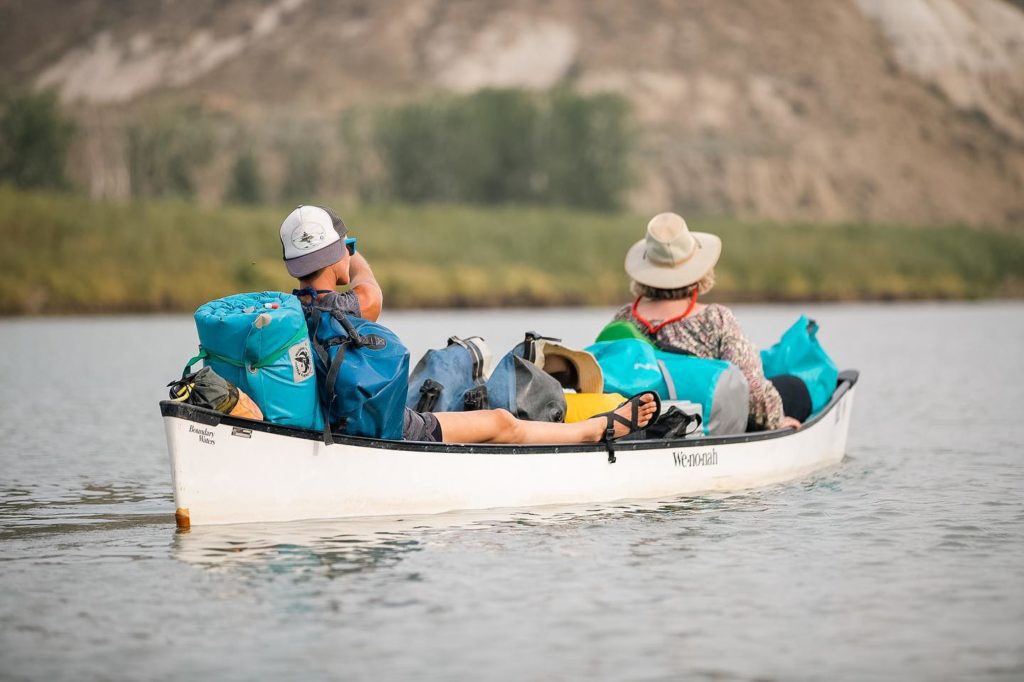
It’s music, it’s arresting, and it brings tears to my eyes as I stand beside my truck in the middle of nowhere.
I’m on the edge of a vast marsh atop the Missouri River Plateau in North Dakota. Broadleaf cattails dominate the landscape here, but I can’t see those just yet. It’s still dark. And quite frankly, calling this a landscape is a bit of a stretch. It’s more waterscape than land thanks to the earth grinding forces of a two-mile-high ice sheet that once descended from Canada into this region, scraping, digging, pushing up dirt, leaving lakes and ponds and potholes and kettles behind after it’s retreat some ten thousand years ago. Maybe I can coin a new term here and call it a wetscape.
If you’re not familiar with this place, I wouldn’t be surprised. Most wildlife photographers aren’t. But duck hunters, ornithologists, glaciologists, and national conservation organizations alike all know it well. Some call it the duck factory since around ten million ducks nest here in the spring, something like 60% of all waterfowl in North America. More officially, however, it’s known simply as the prairie potholes region.
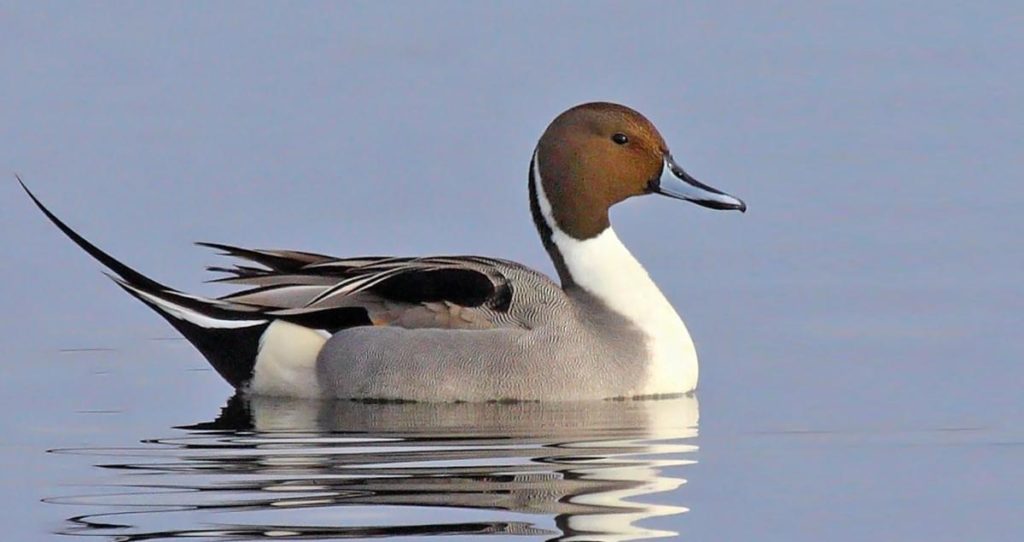
Stretching over from the prairies of northern Alberta across Saskatchewan and Manitoba, the duck factory dips south, encompassing nearly all of Dakotas along with the western edge of Minnesota. Millions of small ponds, kettles, potholes, and marshes dot this landscape like so many dimples on a golf ball. The climate here is arid and the land was historically called the Great American Desert. But these potholes are oases of water and life in the vast sea of the breadbasket that will upturn anyone’s preconceived notions of this region being nothing more than flyover states. Far from desert, this region produces an ecological fecundity that must be experienced to truly understand.
We have a complicated relationship with prairies though. In general, here in North America, we tend to use terms like breadbasket to denote the vast and seemingly endless grasslands that once dominated something a third of the continent. Long ago we broke sod and plowed up both long and short grass prairies to be replaced with wheat and corn. Drive across the Great Plains today and the monotony of the industrial scale agriculture is mindboggling – and impossibly boring.
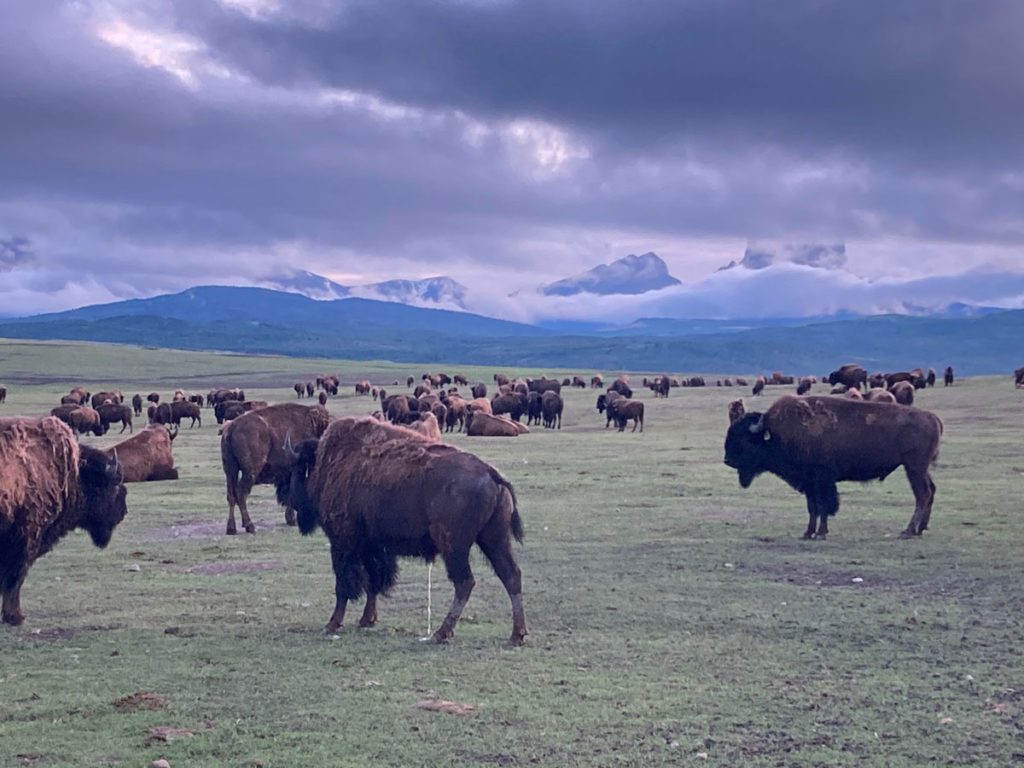
But it wasn’t that long ago when this region rivaled the great displays of large mammals we know today such as the Serengeti and the Masa Mara of Tanzania and Kenya, or the Veldt of South African and Zimbabwe. One needs to look no further than the journals of Lewis and Clark or the writings of John James Audubon to recognize the immense diversity of life that the American prairies once held before sodbusters and railways and scorched Earth policies against native cultures spilled west of the Missouri River. This region was home to some sixty million bison, forty million pronghorn, and millions upon millions of elk, deer, grizzly bears (yes grizzlies where more numerous in the prairies than the mountains), and countless other species. A trek across the American prairie before the early-nineteenth century was every bit of what we think of as an African safari today.
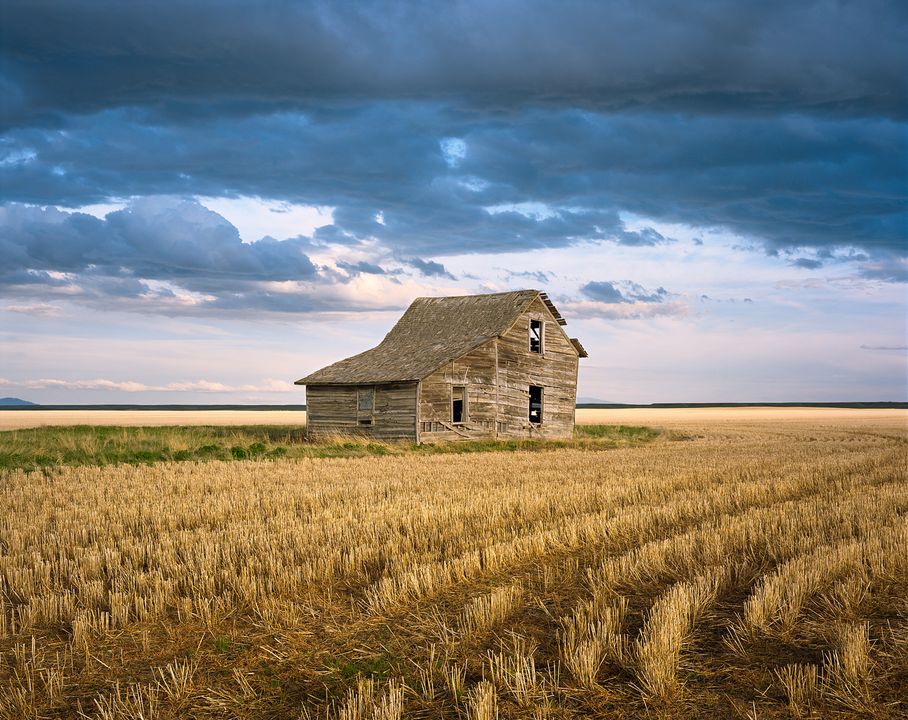
But Manifest Destiny changed all of that while the ideals of free market capitalism commodified the land and turned the whole of a place into one gigantic agricultural complex. Today, less than fifty percent of the vast prairie that stretched from Mexico to Canada’s boreal forest remains. In this landscape whose biological diversity rivaled that of rainforests, each year we continue to lose around 2% of what’s left. But when we narrow our view down to the prairie potholes region the story becomes even more dire with some areas now having lost more than 90% of their wetlands to crop production.
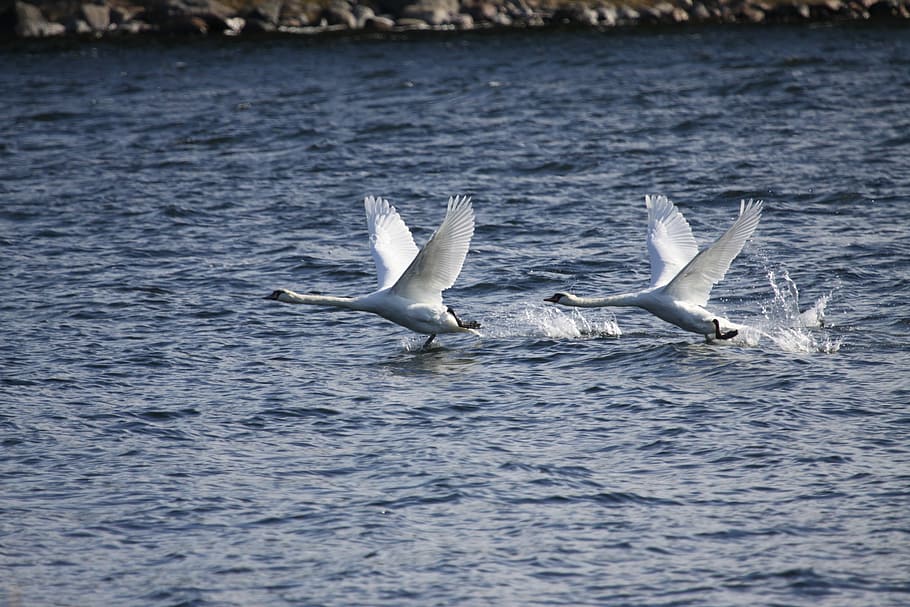
In 2019, Kenneth Rosenberg, along with a team of other researchers, published a paper in the journal Science that shook the world. Their findings? Since 1970, some three billion birds have disappeared across North America. This means there are three billion less birds today than when most people reading this were growing up. And while these losses impact every single biome in North America, grassland birds, those of the prairies have been the hardest hit. When looked at as a whole, those species of birds who depend on the prairie regions of the continent have declined by a staggering 53% in that period of time.
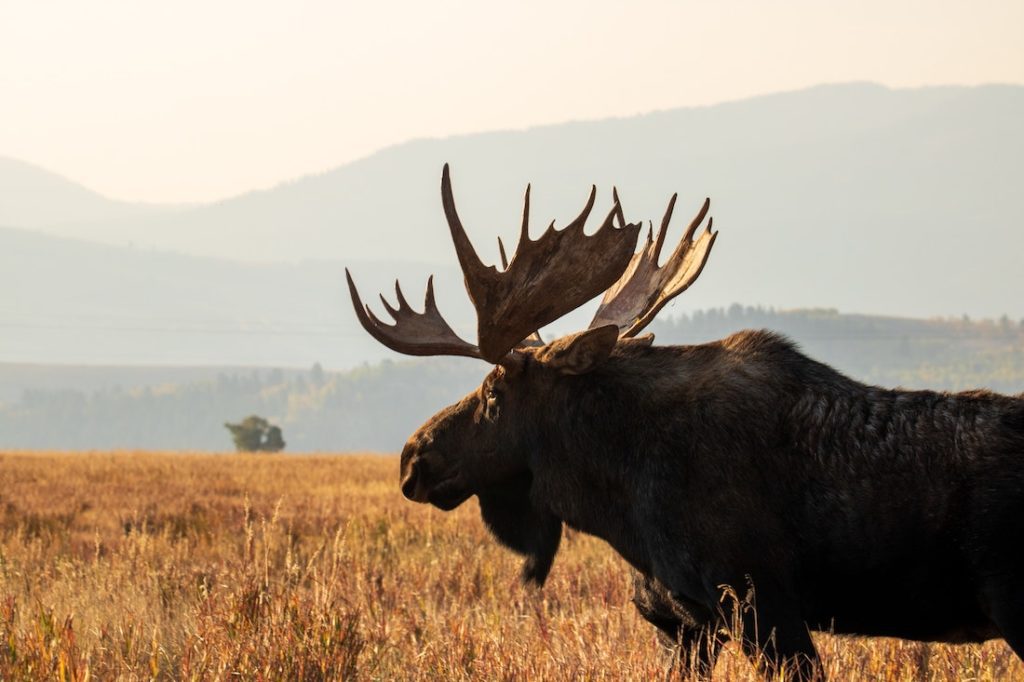
This is why I’m here. This is why I find myself standing at the edge of an immense cattail marsh in the dark getting ready to wade chest deep into icy waters and boot sucking mud. I believe that now, more than ever, we need to turn our lenses toward places such as this. As wildlife photographers, we have a duty to do so.

